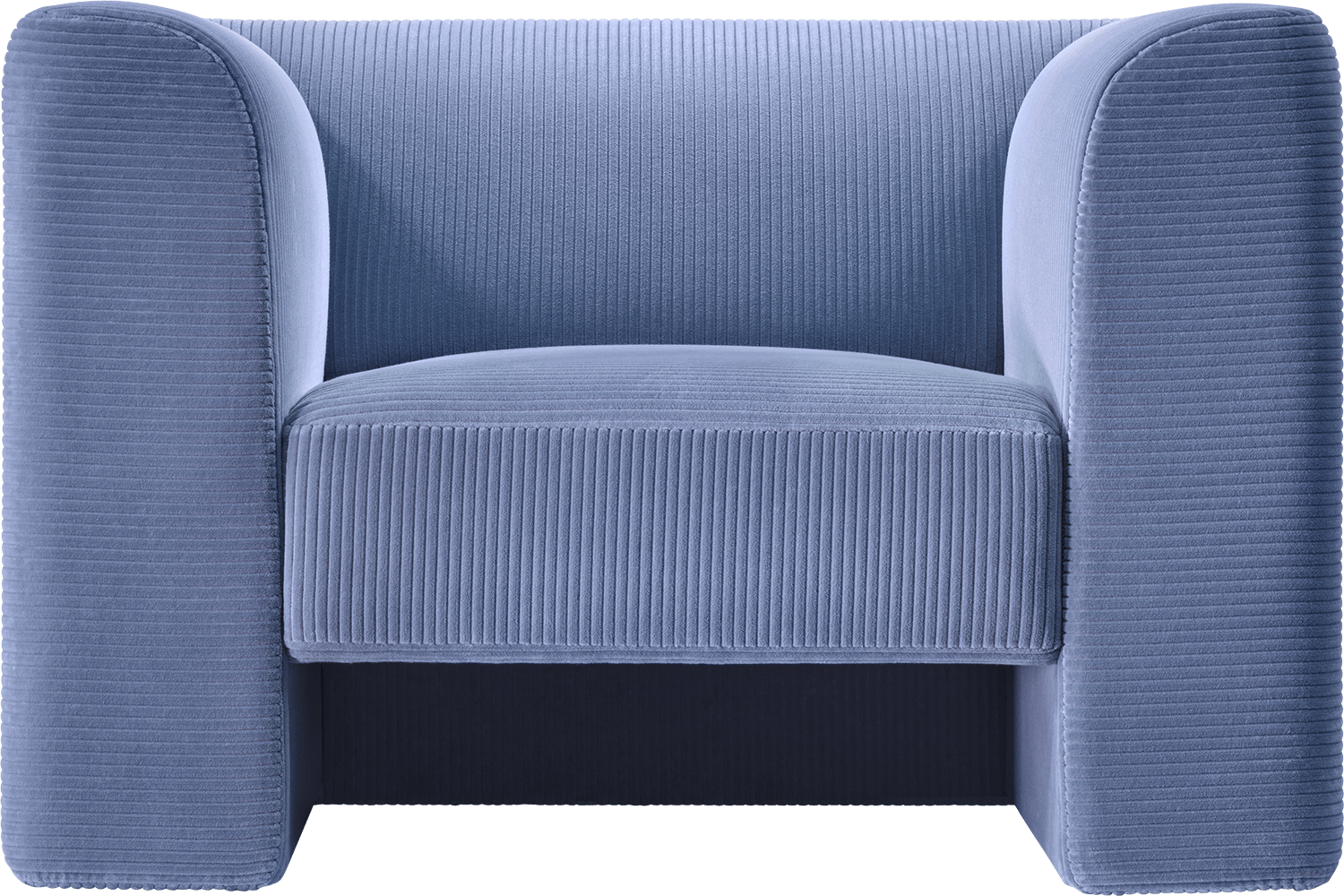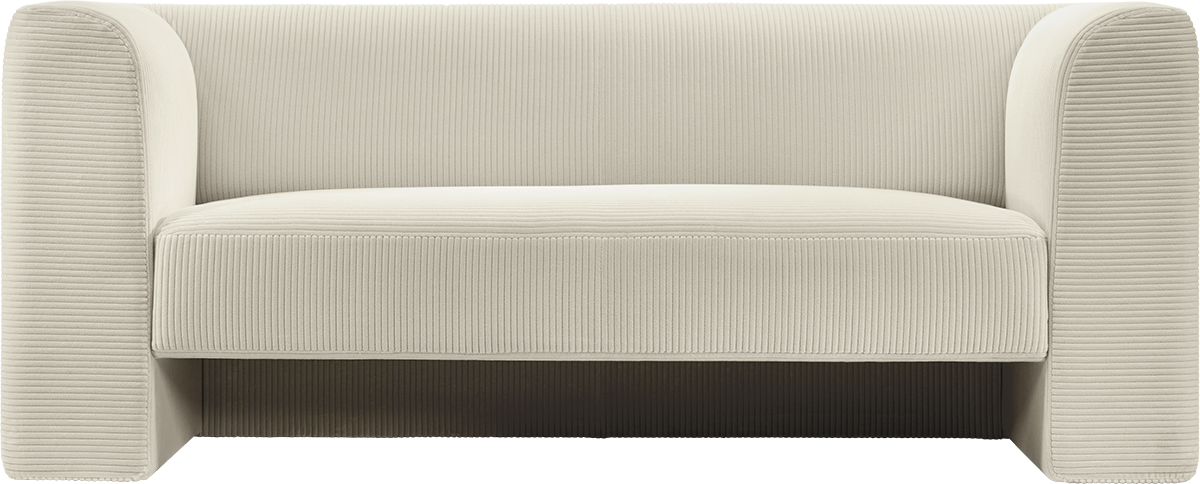They design interiors, furniture, luminaires and everyday products: Geckeler Michels are more than a designer duo. Their Berlin design studio is a research laboratory for modern forms of expression. For Tecta, they designed a sofa that translates formal seating into the digital age – F8.
How did the collaboration with Tecta come about?
David Geckeler: Tecta is a world where everything relates well to each other. We see the company as an architect brand. For each design, we look for the right partner to put our idea in the right context. Tecta has such an insane history, some designs seem non-conforming, but they are carried by the artistic context. Tecta is a company that dares to be different. You quickly realize at an exhibition what diamond you have in between. That‘s how we got into conversation with Tecta at the last trade fair. An exciting dialogue between authors, company and designers.
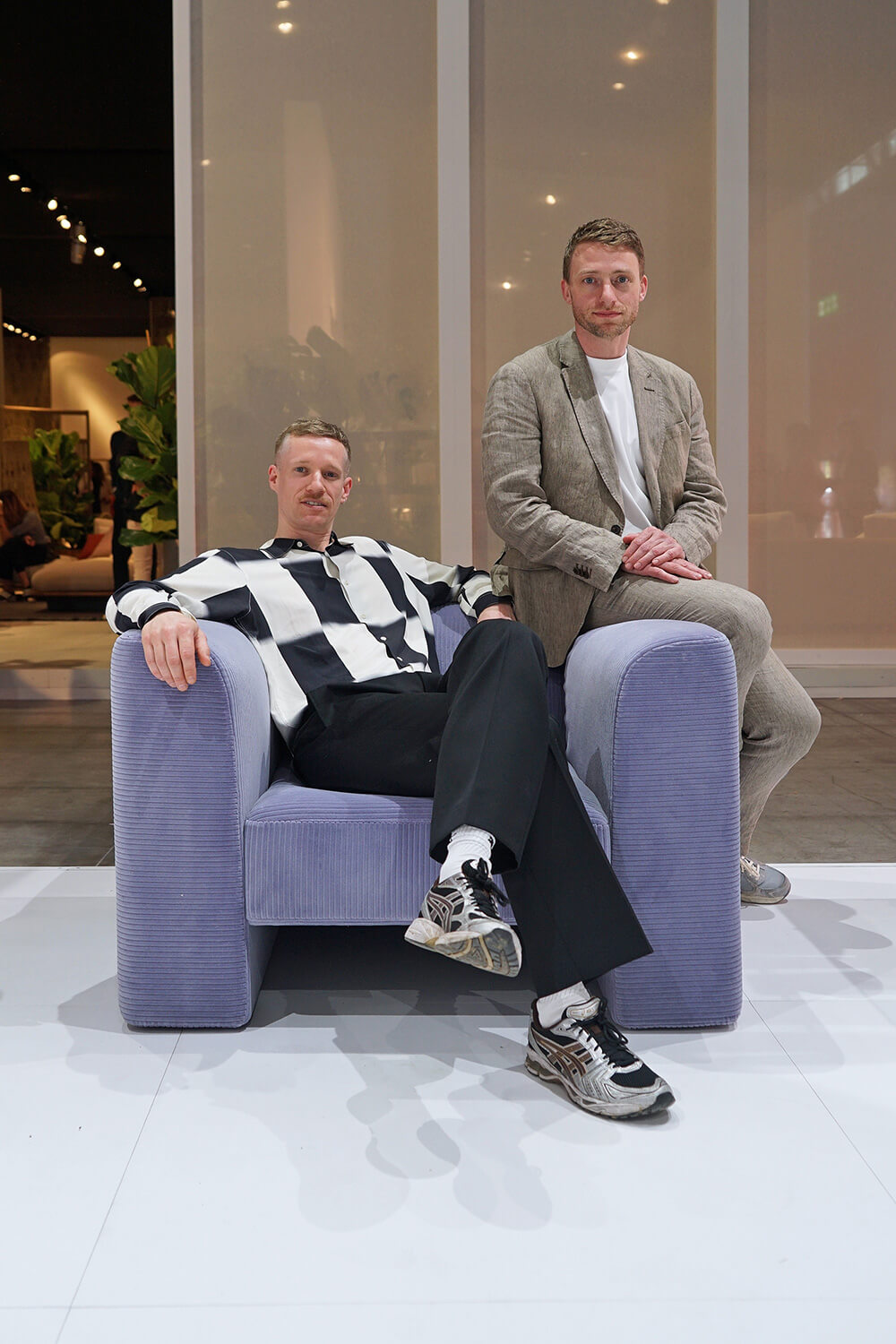
How did the development story of F8 continue?
Frank Michels: We wanted to contribute something progressive. There was no briefing base at Tecta like at other companies, but very intensive discussions with each other. We saw hatched images in front of us in the development of the sofa, plus the fabric Cord, a very directional fabric, where the 90 degree angles are scaled and extend to the seams. The sofa, for example, deliberately works with shocks and can play its volume here.
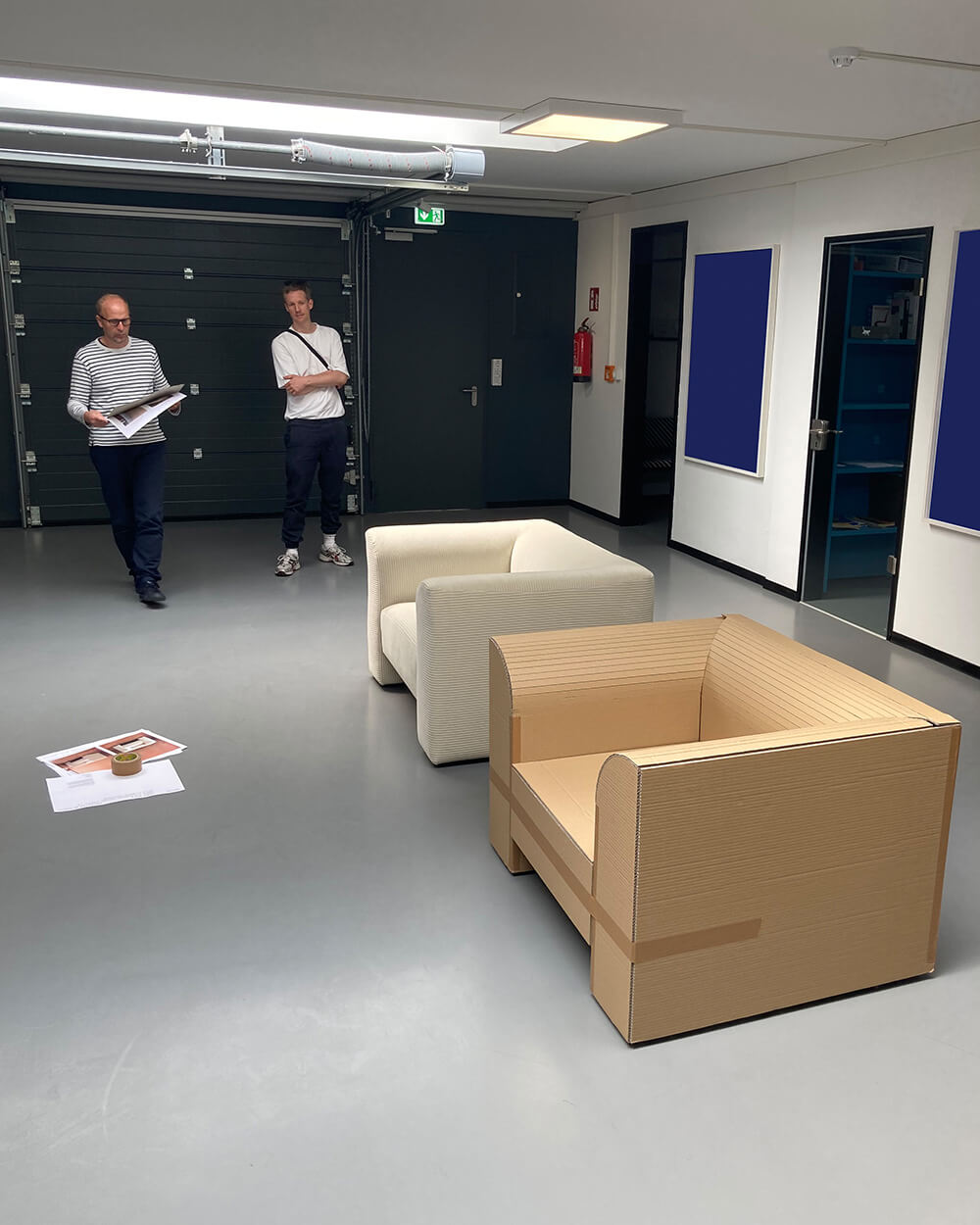
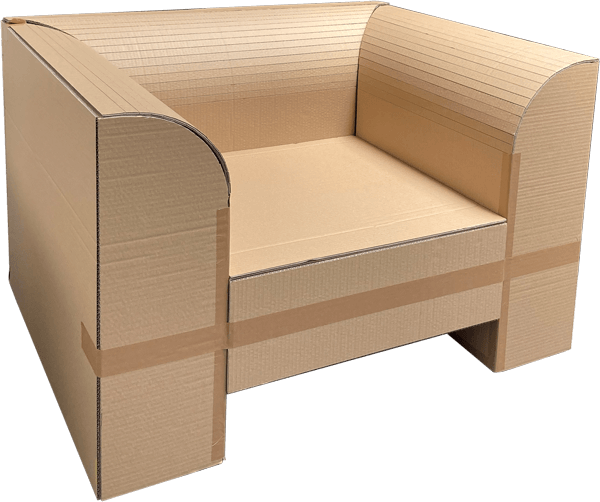
And what led to the name F8 with the subtitle Hatch?
Frank: Hatch comes directly from hatching. It‘s a sofa that works with a boxy volume. The bench seat floats above the air space. A hovering that characterizes the Tecta DNA with the cantilever chair.
What makes the furniture special for you?
David: Our design is a mantle surface and an inserted seat surface. Like the cantilever in architecture. At the same time, we show the cubic as in the Gropius chair F51. Hatch, which is F8, is a volume sculpture. It doesn‘t have to be an applied sofa, it‘s more about a solitaire. It may appear more eminent. We juxtaposed it with the Gropius sofa in Lauenförde – it‘s significantly larger – but will fit into the Tecta collection.
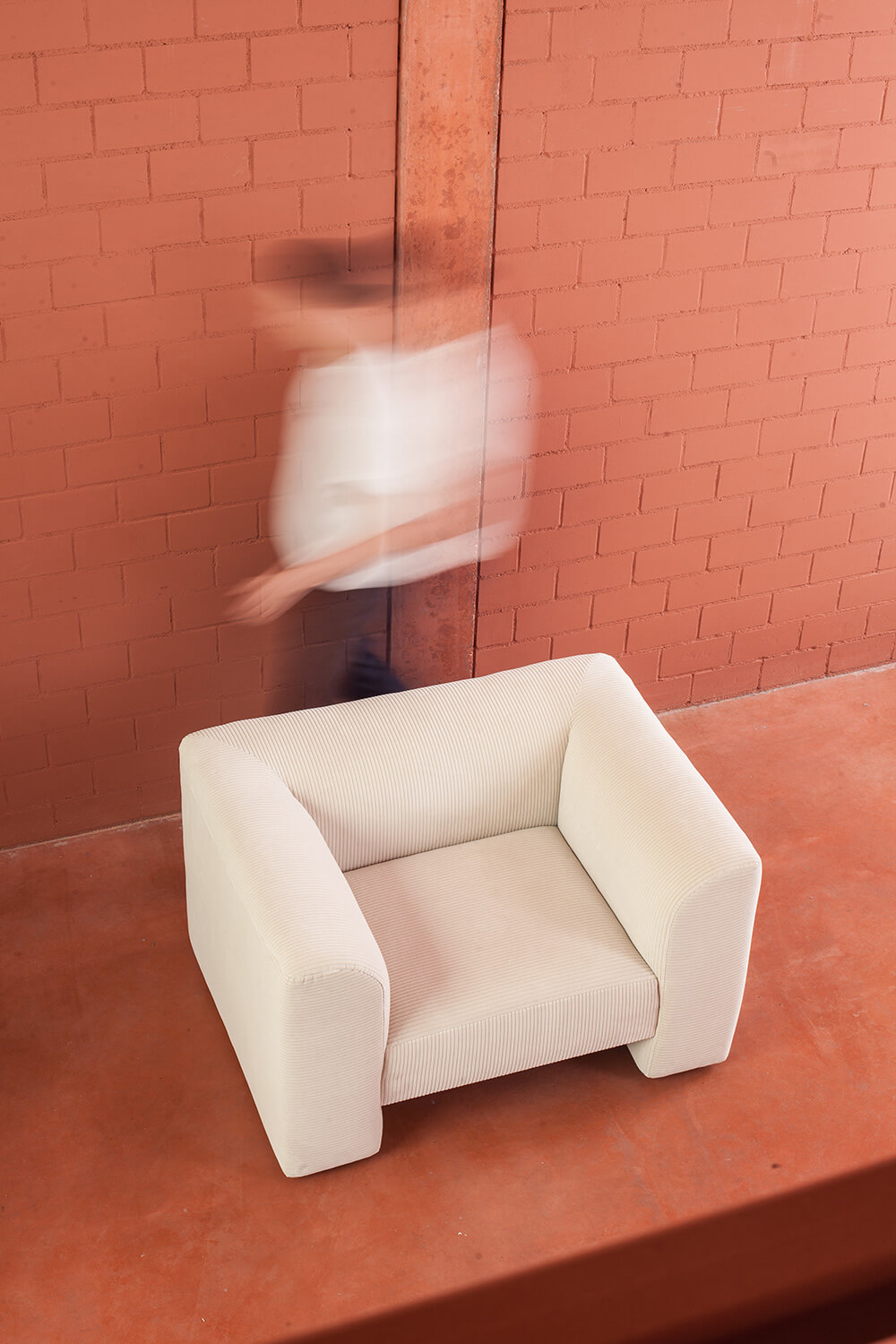

Taking the Bauhaus legacy further – that‘s what Tecta stands for. How did this idea influenced your design beyond the geometry?
Frank: It was exciting to be on site in Lauenförde and discover that Tecta also stands for museum culture with the Cantilever Chair Museum. That underscores the company‘s intellect. So far, our designs have always featured basic geometric shapes. Calm and tidiness, which is also evident at Tecta. Bauhaus modernism is exciting and we are bringing new modernisms to it, those of the Internet and youth culture.
David: Our basic form reflects the applicability of Bauhaus, plus new colors – a very present theme at Tecta anyway. And, of course, the sitting: you slouch into the new sofa, it used to be more conservative, now it‘s softer and deeper. The shape should be articulate, strict – but feel soft when you sit in it.
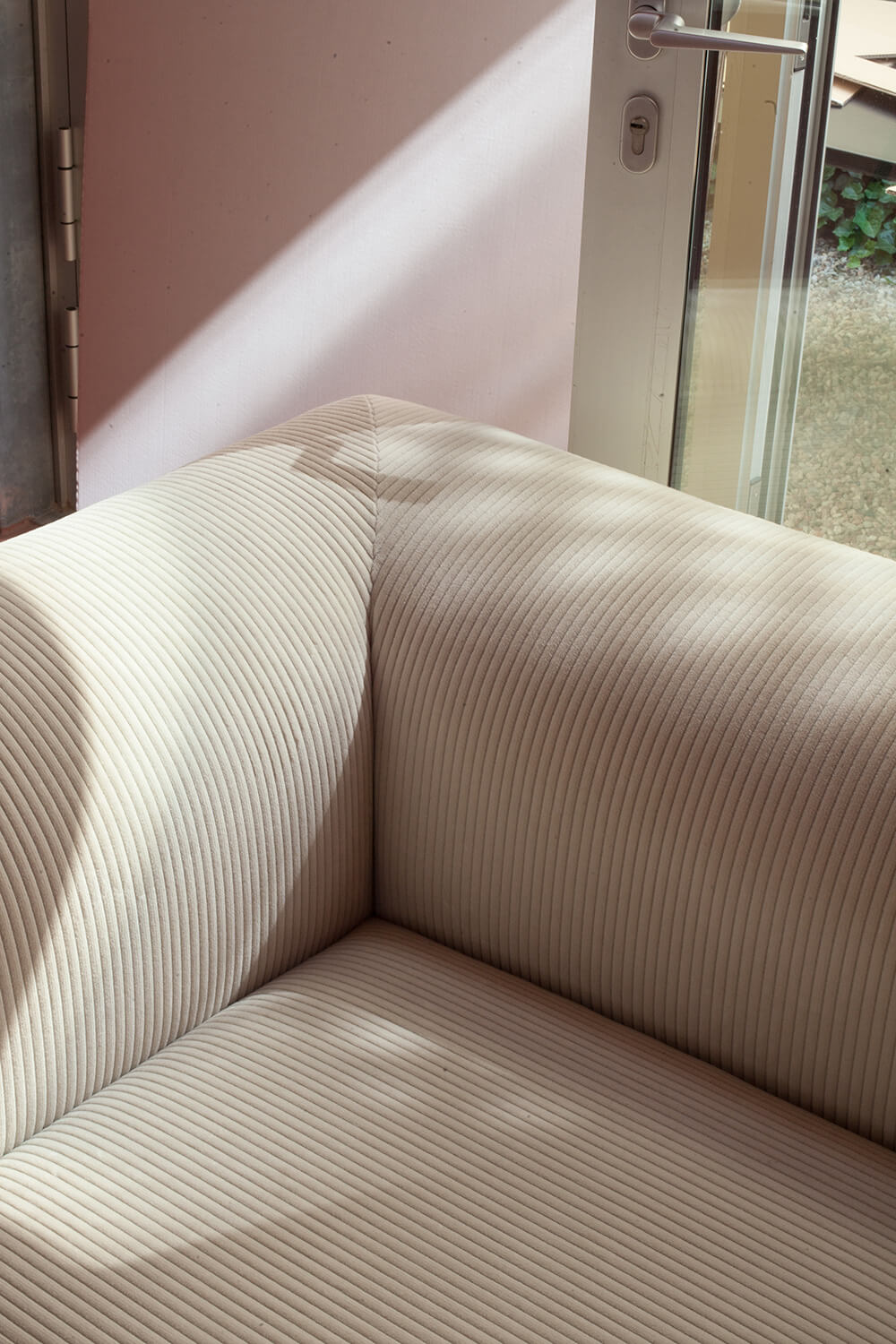
Who is F8, Hatch, for?
Frank: It‘s meant to be a tool for planners. Like a canvas that you can play well on with a select color palette and beautiful, modernist textiles.
David: Hatch will clearly appeal to particular customers, it will stand out. The floating seat and the quietness of the armrests are striking. F8 is a true sculpture that also functions as a classic seating group.
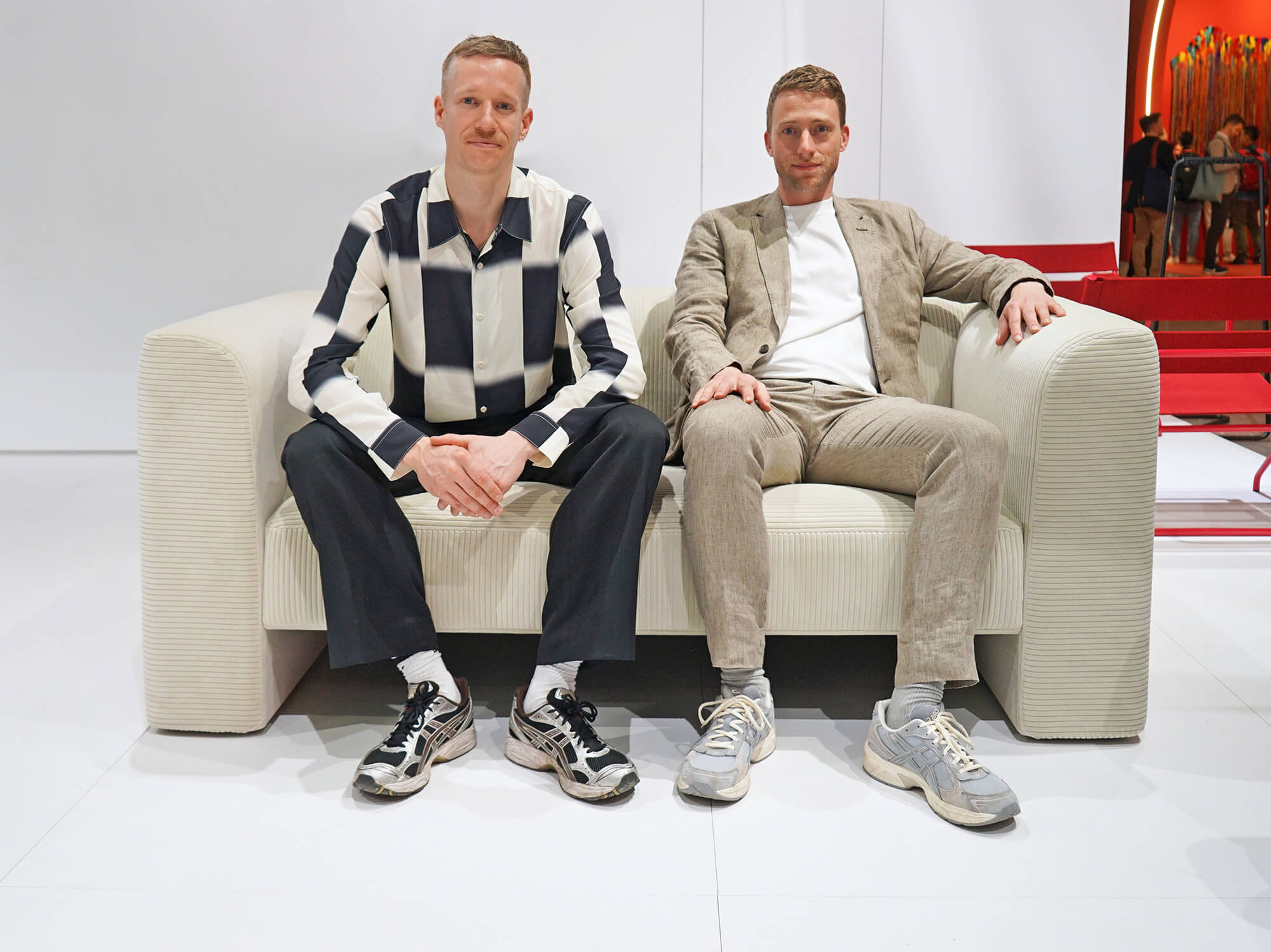
David Geckeler and Frank Michels founded their design studio in Berlin in 2013. The duo formulates innovative positions that consciously incorporate the history of design, contemporary technologies and digital design methods. GECKELER MICHELS’ functionalist approach is usually complemented by an intriguing detail or logic that gives the product an exciting and thus lasting story.
Photography, Renderings and Sketches ©Geckeler Michels 2023








